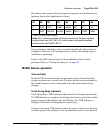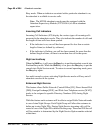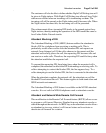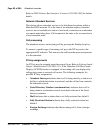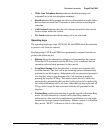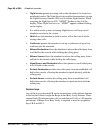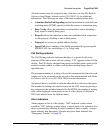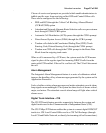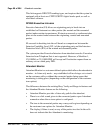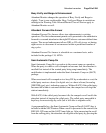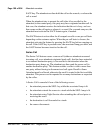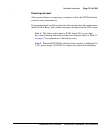
Attendant consoles Page 95 of 504
Telephones and Consoles Description, Installation, and Operation
All other features may be assigned to any of the keys on strip FK. Refer to
Software Input/Output: Administration (553-3001-311) for additional
information. The following are some of the more common feature keys:
• Attendant End to End Signaling enables the attendant to send dual tone
multifrequency (DTMF) signals to either the source or destination party.
• Busy Verify allows the attendant to confirm that a station returning a
busy signal is actually being used.
• Barge-In allows the attendant to enter an established trunk connection
for the purpose of talking to one or both parties.
• Paging allows access to a public address facility.
• Speed Call allows numbers to be dialed automatically by pressing the
SPEED CALL key and dialing a 1- or 2-digit code.
Call Waiting indicator
The Call Waiting indicator indicates that there is a queue of calls to be
answered. When one or more calls are waiting, “CW” appears on line 4 of the
display. The CW display changes from steady to flashing when waiting calls
exceed a certain number or when a call has been waiting longer than a
specified time.
The maximum number of waiting calls and the maximum hold time for each
waiting call to be answered can be set with a data administration task. Refer
to Features and Services (553-3001-306) for more information.
An optional buzz is available to indicate when the first call enters the queue.
The number of waiting calls can be viewed on the LCD screen by pressing a
key assigned on the attendant console. On the M2250, the number of waiting
calls can be displayed continuously on line 4 of the display, if defined in
LD15 and selected from the Options menu.
Alarm indicators
Alarms appear on line 4 of the display. “MN” indicates a minor alarm
condition; “MJ” indicates a major alarm. A minor alarm is an indication of a
minor system failure affecting a limited number of lines or trunks. A major
alarm indicates that Emergency Transfer may have been initiated. See
“Emergency Transfer” on page 96.





